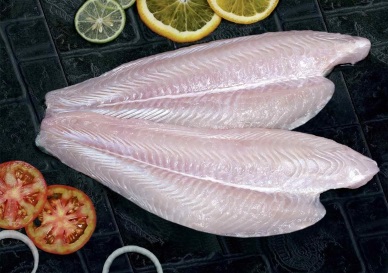News
Final results of POR9: More challenges to Vietnamese pangasius
After the DOC’s higher anti-dumping duty on frozen pangasius fillets from Vietnam, fish farmers in Mekong Delta became hesitant to invest in fish farming, especially when they need VND11 billion for a crop of the fish production..
Difficulties from importing markets
Besides the EU, the U.S. has been an important market for Vietnamese pangasius exporters; therefore, any protection movement from the U.S. can affect the Vietnam pangasius industry. Currently, many producers are seeking new and potential markets for pangasius products and boost exports to Asia, Africa, Brazil and Spain to reduce the influence of American market.
In Q.I/2014, the EU and the U.S. were key importing markets of Vietnam, making a great contribution to nationwide pangasius export value. The U.S. was the largest importer with total value of US$84 million, accounting for 20.5 percent. The EU ranked second with US$83 million of value, accounting for 20.3 percent.

Since the beginning of the year, exports to the Eastern Europe and Russia have been so quiet. Sales to Ukraine and China are also slowing down. The downtrend made farmers hesitant to keep stocking fish.
To solve problems, Vietnamese pangasius industry is required to reach sustainable development in order to increase the export price and avoid trade disputes. International certifications like GlobalGAP, ASC and BAP are applied in many fish farms in Vietnam to meet strict requirements of consumers in the U.S., the EU and Japan. It is also important to invest in modern technology used in processing chain to produce more value-added products and meet food safety standards.
Source: seafood.vasep.com.vn



 Tiếng Việt
Tiếng Việt